Saqqara
« Les Enfants d’Horus, thĂ©ologie et astronomie »
ENiM 1, 2008, p. 7-14.
 Une enquête menée sur les Enfants d'Horus (Hâpy, Douamoutef, Imséti et Qébehsénouf ) dans les Textes des Pyramides permet de mettre en relief leur véritable identité théologique, leurs fonctions essentielles, ainsi que les correspondants que les Égyptiens leur avaient attribués dans le ciel nocturne, au sein des constellations que nous nommons Orion et la Grande Ourse.
Une enquête menée sur les Enfants d'Horus (Hâpy, Douamoutef, Imséti et Qébehsénouf ) dans les Textes des Pyramides permet de mettre en relief leur véritable identité théologique, leurs fonctions essentielles, ainsi que les correspondants que les Égyptiens leur avaient attribués dans le ciel nocturne, au sein des constellations que nous nommons Orion et la Grande Ourse.
 A synthetic study of the Sons of Horus (Hâpy, Duamutef, Imseti and Qebehsenuf) in the Pyramid Texts is proposed, showing their genuine theological nature, their main functions, and the celestial correspondants the Egyptian gave them in the night sky, inside the constellations we call Orion and Great Bear (Ursa Major).
A synthetic study of the Sons of Horus (Hâpy, Duamutef, Imseti and Qebehsenuf) in the Pyramid Texts is proposed, showing their genuine theological nature, their main functions, and the celestial correspondants the Egyptian gave them in the night sky, inside the constellations we call Orion and Great Bear (Ursa Major).
 Consulter cet article (64010) -
Consulter cet article (64010) -  Télécharger cet article au format pdf (33738)
Télécharger cet article au format pdf (33738)
« Les couleurs dans les Textes des Pyramides : approche des systèmes chromatiques »
ENiM 2, 2009, p. 25-52.
 Les notions de « couleurs » dans l’Égypte ancienne doivent être appréhendées non pas isolément mais selon une approche structurale, à l’intérieur de systèmes complémentaires ou antinomiques. L’analyse du vaste corpus des Textes des Pyramides permet ainsi de mettre en évidence la spécificité et les implications idéologiques du rouge (décher), qui s’oppose aux trois autres couleurs « fondamentales » que constituent le noir (kem), le blanc (hedj) et le vert (ouadj).
Les notions de « couleurs » dans l’Égypte ancienne doivent être appréhendées non pas isolément mais selon une approche structurale, à l’intérieur de systèmes complémentaires ou antinomiques. L’analyse du vaste corpus des Textes des Pyramides permet ainsi de mettre en évidence la spécificité et les implications idéologiques du rouge (décher), qui s’oppose aux trois autres couleurs « fondamentales » que constituent le noir (kem), le blanc (hedj) et le vert (ouadj).
 Concepts of “colors” in the Egyptian language cannot be studied separately; they have to be delt with inside structural systems, either complementary or antinomic. Through the analysis of the large corpus of the Pyramid Texts, this paper tries to highlight the specificity and the ideological background of the red colour (decher), as opposed to three other “fundamental” colors: black (kem), white (hedj) and green (ouadj).
Concepts of “colors” in the Egyptian language cannot be studied separately; they have to be delt with inside structural systems, either complementary or antinomic. Through the analysis of the large corpus of the Pyramid Texts, this paper tries to highlight the specificity and the ideological background of the red colour (decher), as opposed to three other “fundamental” colors: black (kem), white (hedj) and green (ouadj).
 Consulter cet article (93682) -
Consulter cet article (93682) -  Télécharger cet article au format pdf (35625)
Télécharger cet article au format pdf (35625)
« DonnĂ©es supplĂ©mentaires concernant les formes memphites d’Amon au Nouvel Empire »
ENiM 2, 2009, p. 67-90.
 Complément à l’inventaire des cultes d’Amon à Memphis datant du Nouvel Empire. Celui-ci comprend cinq formes supplémentaires, une liste des formes d’Amon «indéterminées» et un supplément aux formes d’Amon déjà connues.
Cette note est suivie d'une liste des monuments d'origine memphite victimes de martelages à l’époque amarnienne.
Complément à l’inventaire des cultes d’Amon à Memphis datant du Nouvel Empire. Celui-ci comprend cinq formes supplémentaires, une liste des formes d’Amon «indéterminées» et un supplément aux formes d’Amon déjà connues.
Cette note est suivie d'une liste des monuments d'origine memphite victimes de martelages à l’époque amarnienne.
 Complement to the inventory of worships of Amun in Memphis during the New Kingdom. This includes five additional forms, a list of “undetermined” Amun and a supplement to the Amun who are already known.
This note is follow by a list of the monuments of Memphis which are the victim of erasure during the Amarna period.
Complement to the inventory of worships of Amun in Memphis during the New Kingdom. This includes five additional forms, a list of “undetermined” Amun and a supplement to the Amun who are already known.
This note is follow by a list of the monuments of Memphis which are the victim of erasure during the Amarna period.
 Consulter cet article (53912) -
Consulter cet article (53912) -  Télécharger cet article au format pdf (27372)
Télécharger cet article au format pdf (27372)
« CĂ©ramiques calcaires d’époque perse et des dernières dynasties indigènes Ă ThĂ´nis-HĂ©raclĂ©ion »
ENiM 5, 2012, p. 167-194.
 Les recherches sur le site immergé de Thônis-Héracleion, dans la zone occidentale du Delta du Nil, ont permis de mettre au jour une série de céramiques fines appartenant à une production égyptienne. Ces vases à liquide, issus de secteurs caractérisés par des occupations qui concernent la période achéménide et les dynasties indigènes, présentent des caractéristiques typologiques qui ne les rattachent pas au Corpus égyptien. En revanche, la comparaison avec certaines céramiques néo-assyriennes permet de suggérer des concordances typologiques. Cet article signale des rapprochements avec du matériel de Saqqâra et de Tell el-Herr (partie septentrionale de la péninsule sinaïtique). En annexe est présenté un vase Bès en métal qui par son profil se rapproche des vases en céramique de l’article, mais qui par son décor est assez singulier. Par ailleurs, mention est faite d’un type d’amphore de table peinte importée régulièrement associée aux contextes des céramiques calcaires présentées.
Les recherches sur le site immergé de Thônis-Héracleion, dans la zone occidentale du Delta du Nil, ont permis de mettre au jour une série de céramiques fines appartenant à une production égyptienne. Ces vases à liquide, issus de secteurs caractérisés par des occupations qui concernent la période achéménide et les dynasties indigènes, présentent des caractéristiques typologiques qui ne les rattachent pas au Corpus égyptien. En revanche, la comparaison avec certaines céramiques néo-assyriennes permet de suggérer des concordances typologiques. Cet article signale des rapprochements avec du matériel de Saqqâra et de Tell el-Herr (partie septentrionale de la péninsule sinaïtique). En annexe est présenté un vase Bès en métal qui par son profil se rapproche des vases en céramique de l’article, mais qui par son décor est assez singulier. Par ailleurs, mention est faite d’un type d’amphore de table peinte importée régulièrement associée aux contextes des céramiques calcaires présentées.
 Fieldwork at the underwater settlements of Thônis-Herakleion, in the West Nile Delta, have uncovered Egyptian and imported pottery, notably a specific Egyptian fine ware consisting mainly of drinking vessels. These ceramics, from two contexts dated to the Achaemenid period and the native Dynasties, present typological characteristics which do not belong to the standard Egyptian ceramic corpus. This study suggests one axis of research relating to this corpus; comparison with the Neo-Assyrian ceramic repertoire allows some similarities to be observed. Some connections with ceramics from Saqqâra and Tell el-Herr (in the northern part of the Sinai Peninsula) are also taken into account. Further, a metal Bes vase is discussed owing to its shape and its «hybrid» decoration, alongside a type of imported painted table amphora regularly associated with the context of the ceramic-types treated
Fieldwork at the underwater settlements of Thônis-Herakleion, in the West Nile Delta, have uncovered Egyptian and imported pottery, notably a specific Egyptian fine ware consisting mainly of drinking vessels. These ceramics, from two contexts dated to the Achaemenid period and the native Dynasties, present typological characteristics which do not belong to the standard Egyptian ceramic corpus. This study suggests one axis of research relating to this corpus; comparison with the Neo-Assyrian ceramic repertoire allows some similarities to be observed. Some connections with ceramics from Saqqâra and Tell el-Herr (in the northern part of the Sinai Peninsula) are also taken into account. Further, a metal Bes vase is discussed owing to its shape and its «hybrid» decoration, alongside a type of imported painted table amphora regularly associated with the context of the ceramic-types treated
 Consulter cet article (40621) -
Consulter cet article (40621) -  Télécharger cet article au format pdf (23198)
Télécharger cet article au format pdf (23198)
« L’oiseau bĂ©nou-phĂ©nix et son tertre sur la tunique historiĂ©e de Saqqâra. Une interprĂ©tation nouvelle »
ENiM 12, 2019, p. 247-280.
 Depuis la découverte en 1922 de la tunique historiée de Saqqâra, les études se sont succédé pour la dater et l’interpréter, sous différents angles. Dans ce document d’époque romaine, on a reconnu le bénou d’Héliopolis sur la butte de la création originelle. Mais l’iconographie de l’oiseau est influencée par le mythe gréco-romain du phénix, puisqu’un jeu de mots remplace le traditionnel héron cendré par un flamant rose, phoinikopteros, tel qu’il se voit aussi approximativement à la même époque sur la monnaie d’Hadrien intronisant le phénix comme symbole impérial ; il n’a pas un « bec de vautour » en référence au hiéroglyphe de l’année. Quant à la butte, son curieux décor ne montre ni « bandelettes sacrées », ni « flammes », ni « rochers » symbolisant les douze mois de l’année, mais treize plants de papyrus et les sept bouches du Nil, c’est-à -dire une image gréco-romaine du delta, dans une lecture topographique horizontale qui se superpose à la lecture verticale et temporelle.
Depuis la découverte en 1922 de la tunique historiée de Saqqâra, les études se sont succédé pour la dater et l’interpréter, sous différents angles. Dans ce document d’époque romaine, on a reconnu le bénou d’Héliopolis sur la butte de la création originelle. Mais l’iconographie de l’oiseau est influencée par le mythe gréco-romain du phénix, puisqu’un jeu de mots remplace le traditionnel héron cendré par un flamant rose, phoinikopteros, tel qu’il se voit aussi approximativement à la même époque sur la monnaie d’Hadrien intronisant le phénix comme symbole impérial ; il n’a pas un « bec de vautour » en référence au hiéroglyphe de l’année. Quant à la butte, son curieux décor ne montre ni « bandelettes sacrées », ni « flammes », ni « rochers » symbolisant les douze mois de l’année, mais treize plants de papyrus et les sept bouches du Nil, c’est-à -dire une image gréco-romaine du delta, dans une lecture topographique horizontale qui se superpose à la lecture verticale et temporelle.
 Since the discovery in 1922 of the decorated tunic of Saqqâra, the studies followed one another for its datation and interpretation, under various angles. On this document from the Roman era, one recognized the benu of Heliopolis on the primeval hill of the creation. But the iconography of the bird is influenced by the Graeco-Roman myth of the phoenix, because a pun allows to replace the traditional grey heron (ardea cinerea) by a pink flamingo, phoinikopteros, as it can also be seen, approximately at the same time, on Hadrian's currency inaugurating the bird as an imperial symbol ; it does not have « the beak of a vulture » in reference to the hieroglyph of the year. As for the mound, its curious decoration does not show a « sacred garland », neither « flames » nor « rocks » symbolising the twelve months of the year, but thirteen stems of papyrus and the seven mouths of the Nile, that is an Graeco-Roman image of the delta, in a horizontal topographic reading superimposed upon the vertical and temporal reading.
Since the discovery in 1922 of the decorated tunic of Saqqâra, the studies followed one another for its datation and interpretation, under various angles. On this document from the Roman era, one recognized the benu of Heliopolis on the primeval hill of the creation. But the iconography of the bird is influenced by the Graeco-Roman myth of the phoenix, because a pun allows to replace the traditional grey heron (ardea cinerea) by a pink flamingo, phoinikopteros, as it can also be seen, approximately at the same time, on Hadrian's currency inaugurating the bird as an imperial symbol ; it does not have « the beak of a vulture » in reference to the hieroglyph of the year. As for the mound, its curious decoration does not show a « sacred garland », neither « flames » nor « rocks » symbolising the twelve months of the year, but thirteen stems of papyrus and the seven mouths of the Nile, that is an Graeco-Roman image of the delta, in a horizontal topographic reading superimposed upon the vertical and temporal reading.
 Consulter cet article (41152) -
Consulter cet article (41152) -  Télécharger cet article au format pdf (21352)
Télécharger cet article au format pdf (21352)
« La maisonnĂ©e de Ty : un haut dignitaire de la Ve dynastie »
ENiM 16, 2023, p. 111-130.
 Cet article a pour objectif premier de recenser l’ensemble des individus et des titres présents dans la sépulture de Ty, un haut dignitaire de la Ve dynastie, tout en étudiant les différentes catégories sociales de ces individus. Par la suite, il est question de visualiser le cercle de personnes gravitant dans la sphère personnelle du défunt, à travers une étude sociale de ses réseaux personnels, rendue possible par ce recensement. Bien que Ty appartienne à l’élite, cet article montre que ses réseaux ne sont pas tournés exclusivement vers cette classe sociale.
Cet article a pour objectif premier de recenser l’ensemble des individus et des titres présents dans la sépulture de Ty, un haut dignitaire de la Ve dynastie, tout en étudiant les différentes catégories sociales de ces individus. Par la suite, il est question de visualiser le cercle de personnes gravitant dans la sphère personnelle du défunt, à travers une étude sociale de ses réseaux personnels, rendue possible par ce recensement. Bien que Ty appartienne à l’élite, cet article montre que ses réseaux ne sont pas tournés exclusivement vers cette classe sociale.
 The main objective of this article is to list all the individuals and titles present in the tomb of Ty, a high dignitary of the Fifth Dynasty, and to study the different social categories of these individuals. The aim is then to visualise the circle of people in the personal sphere of the deceased, through a social study of his personal networks made possible by this census. Although Ty belongs to the elite, this article shows that his networks are not exclusively focused on this social class.
The main objective of this article is to list all the individuals and titles present in the tomb of Ty, a high dignitary of the Fifth Dynasty, and to study the different social categories of these individuals. The aim is then to visualise the circle of people in the personal sphere of the deceased, through a social study of his personal networks made possible by this census. Although Ty belongs to the elite, this article shows that his networks are not exclusively focused on this social class.
 Consulter cet article (26612) -
Consulter cet article (26612) -  Télécharger cet article au format pdf (10877)
Télécharger cet article au format pdf (10877)
ENiM 18 - 2025
5 article(s) - 2 avril 2025.
ENiM 1 à 18 (2008-2025) : 224 articles
4 650 908 téléchargements
9 357 500 consulations.
Index des auteurs

Mots clés

Derniers articles : 
Robert Steven Bianchi
Duplication and Continuity
(ENiM 18, p. 13-36 — 11 mars 2025) 
Frédéric Mougenot
Rénénoutet à la porte de la maison
(ENiM 18, p. 1-12 — 29 janvier 2025) 
CENiM - Mise en ligne des volumes Ă©puisĂ©s : 
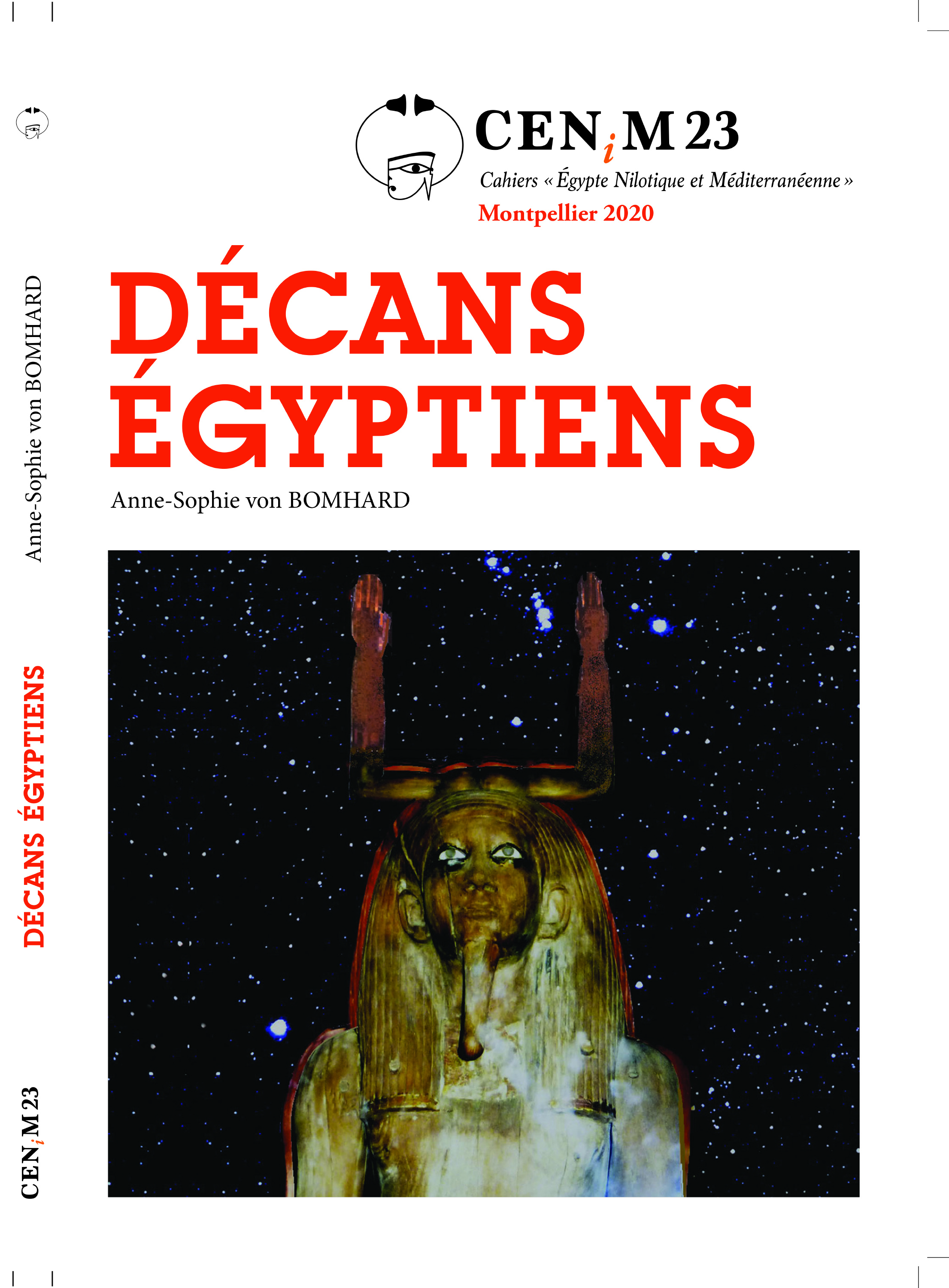 Anne-Sophie von BOMHARD DĂ©cans Ă©gyptiens, CENiM 23, Montpellier, 2020 — (2020)
Anne-Sophie von BOMHARD DĂ©cans Ă©gyptiens, CENiM 23, Montpellier, 2020 — (2020) 
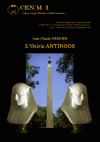 Jean-Claude Grenier L'Osiris ANTINOOS, CENiM 1, Montpellier, 2008 — (26 dĂ©cembre 2008)
Jean-Claude Grenier L'Osiris ANTINOOS, CENiM 1, Montpellier, 2008 — (26 dĂ©cembre 2008) 
TDENiM - Mise en ligne des volumes Ă©puisĂ©s : 
 Twitter
Twitter 3810800 visites - 10875 visite(s) aujourd’hui - 140 connecté(s)
© ENiM - Une revue d’égyptologie sur internet
Équipe Égypte Nilotique et Méditerranéenne - UMR 5140 - « Archéologie des Sociétés Méditerranéennes » (Cnrs) - Université Paul Valéry - Montpellier III
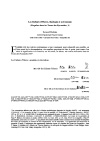
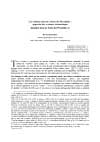
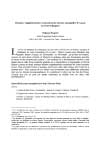
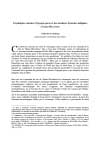
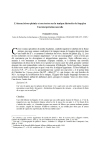
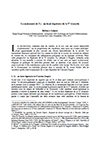
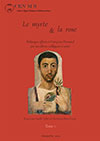
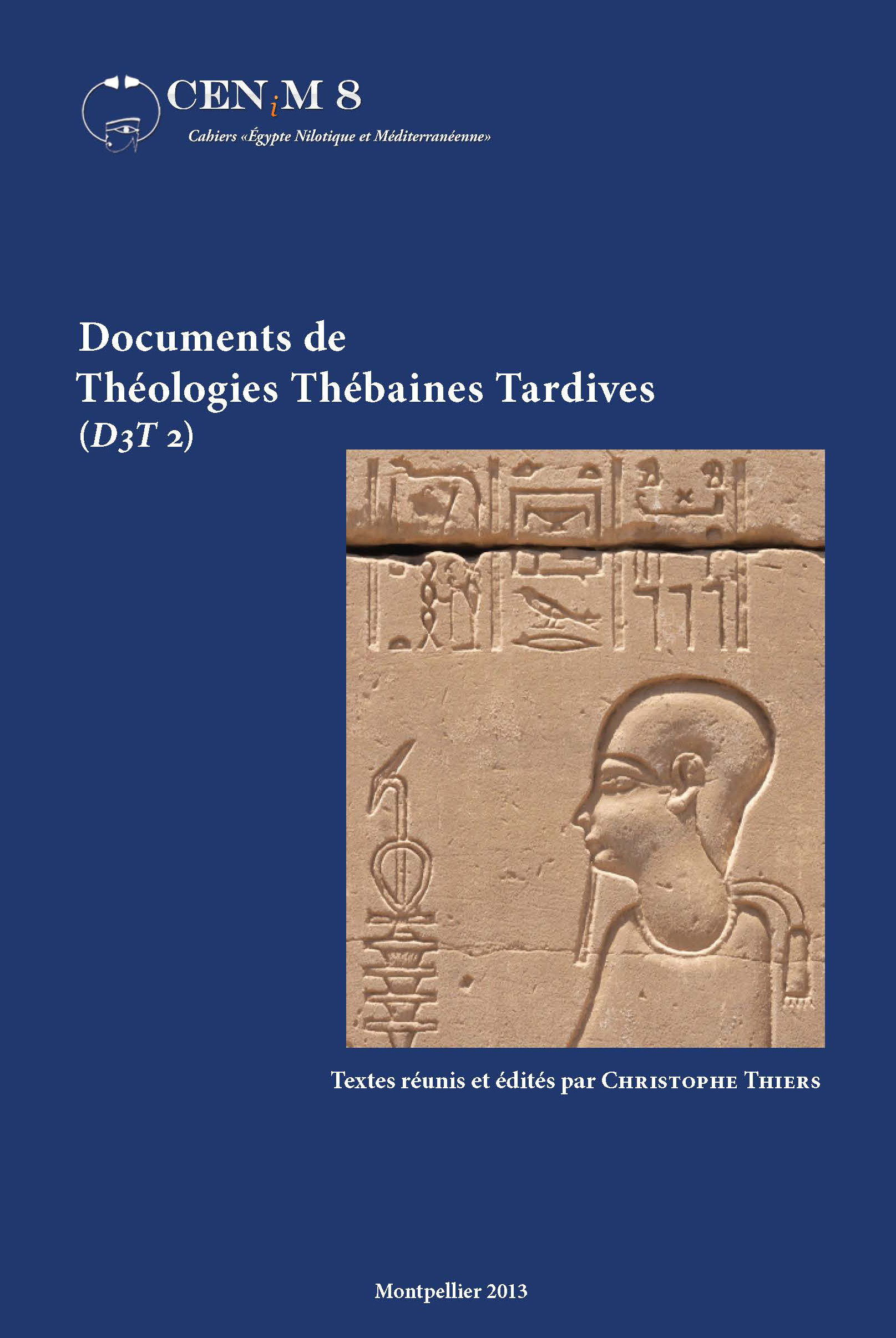

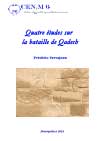
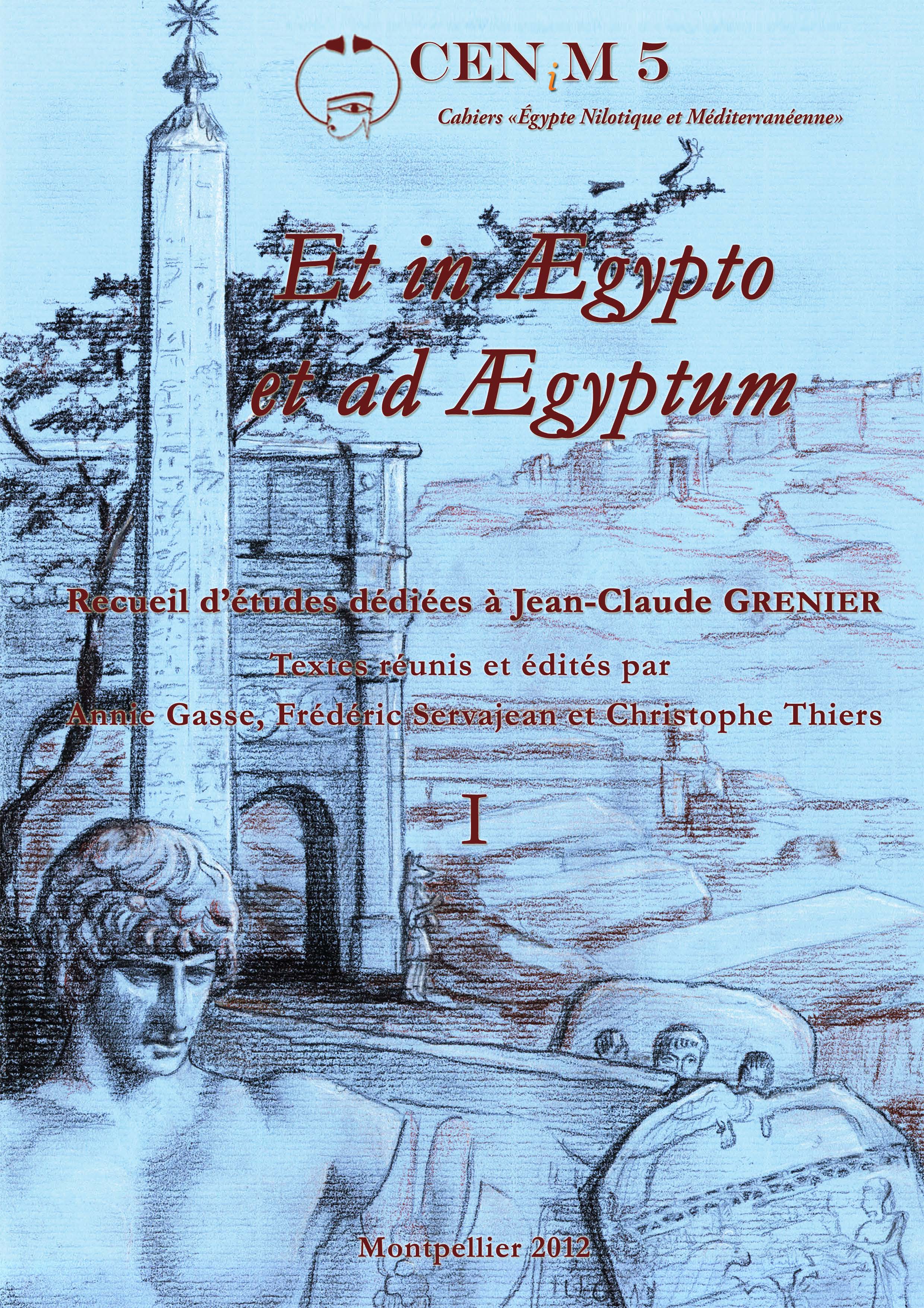
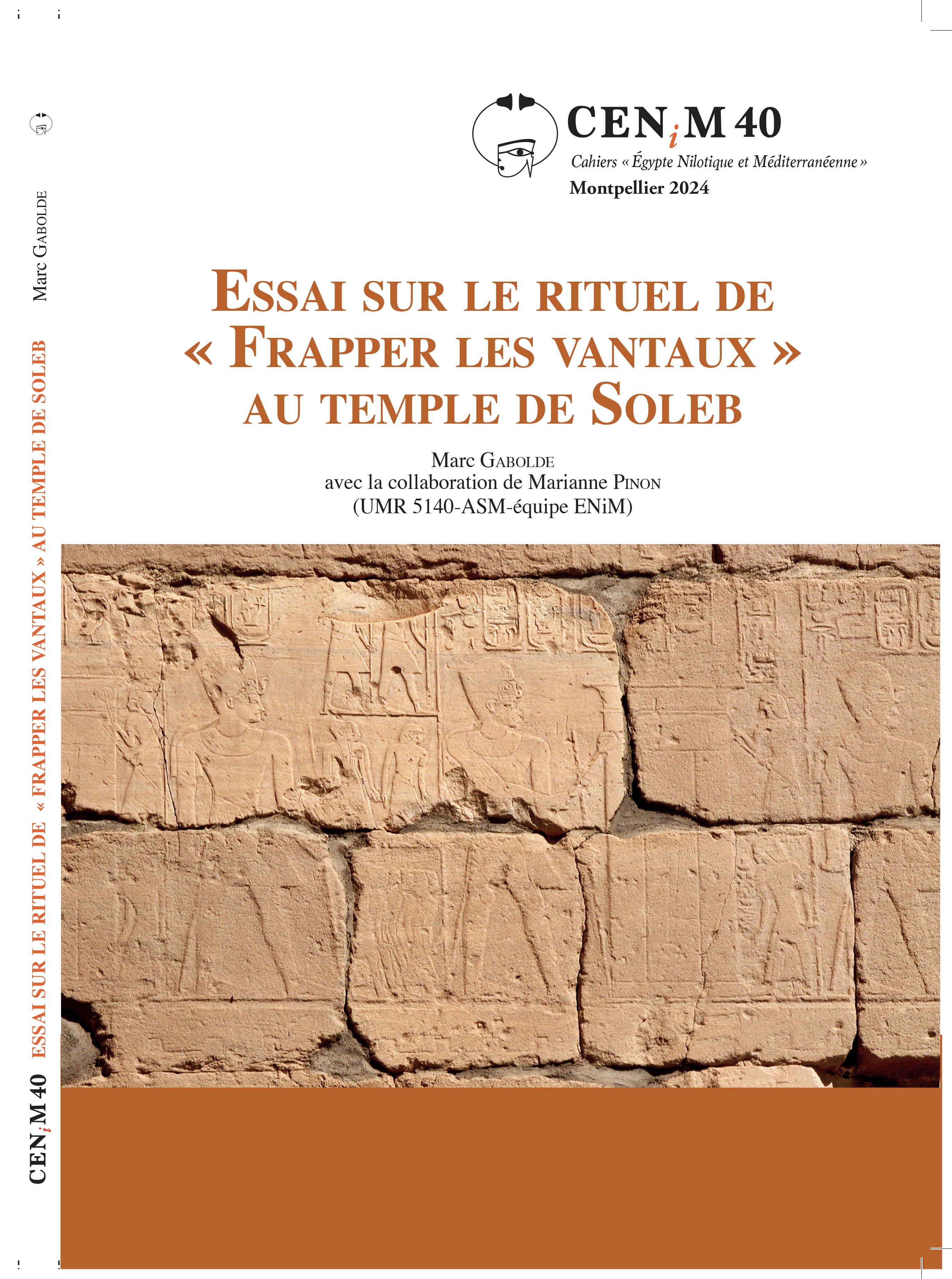
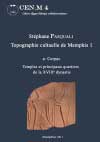
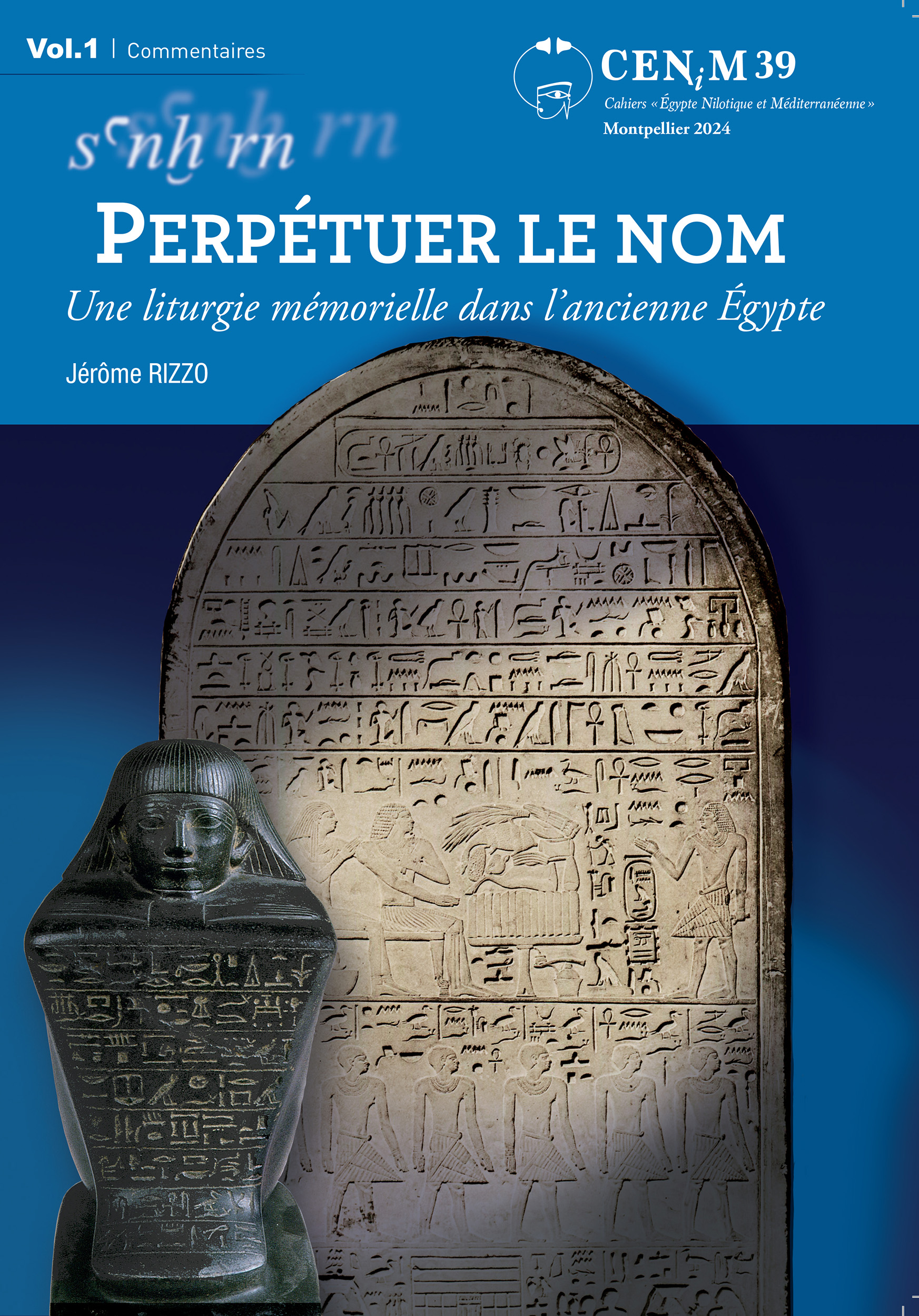
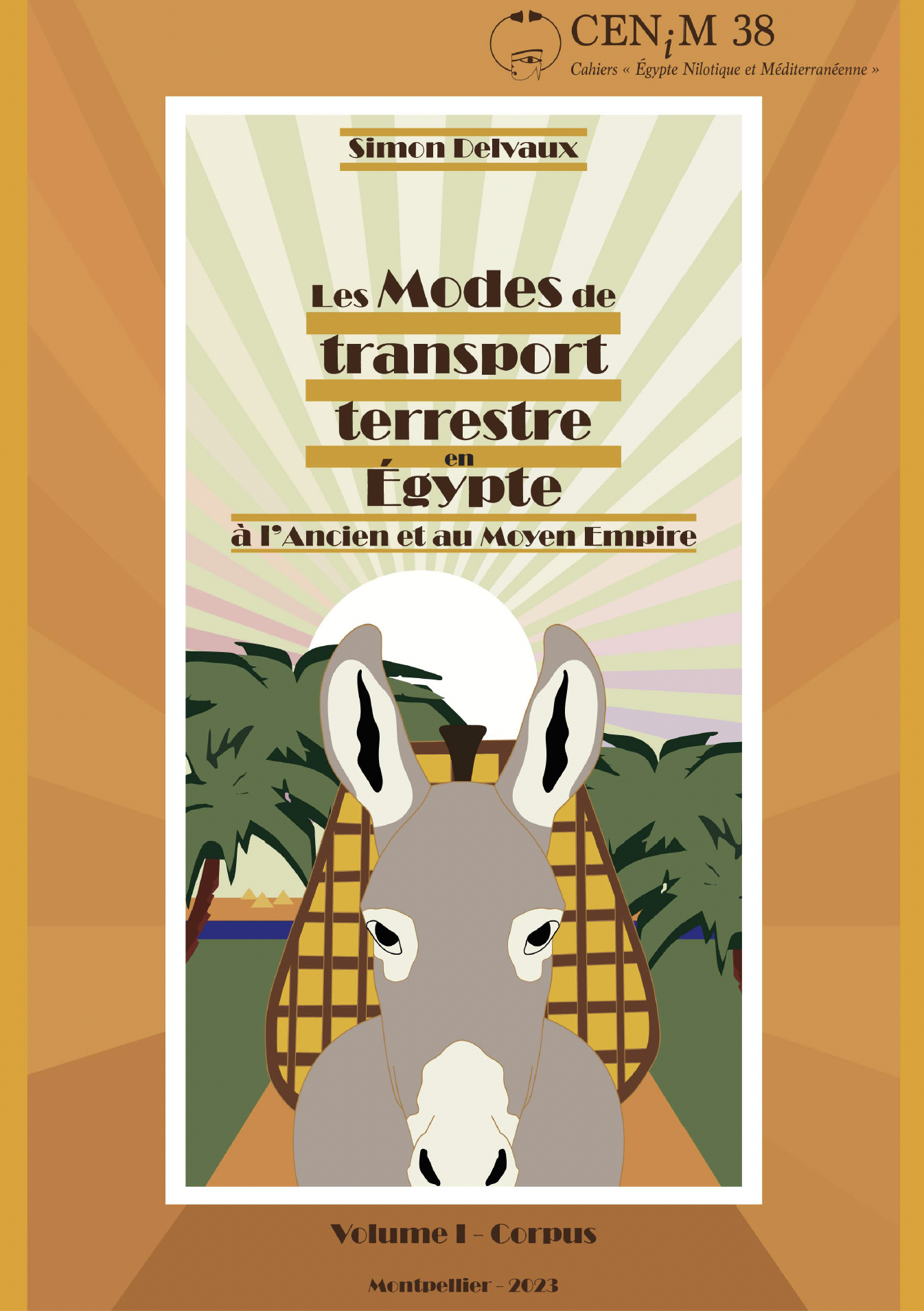
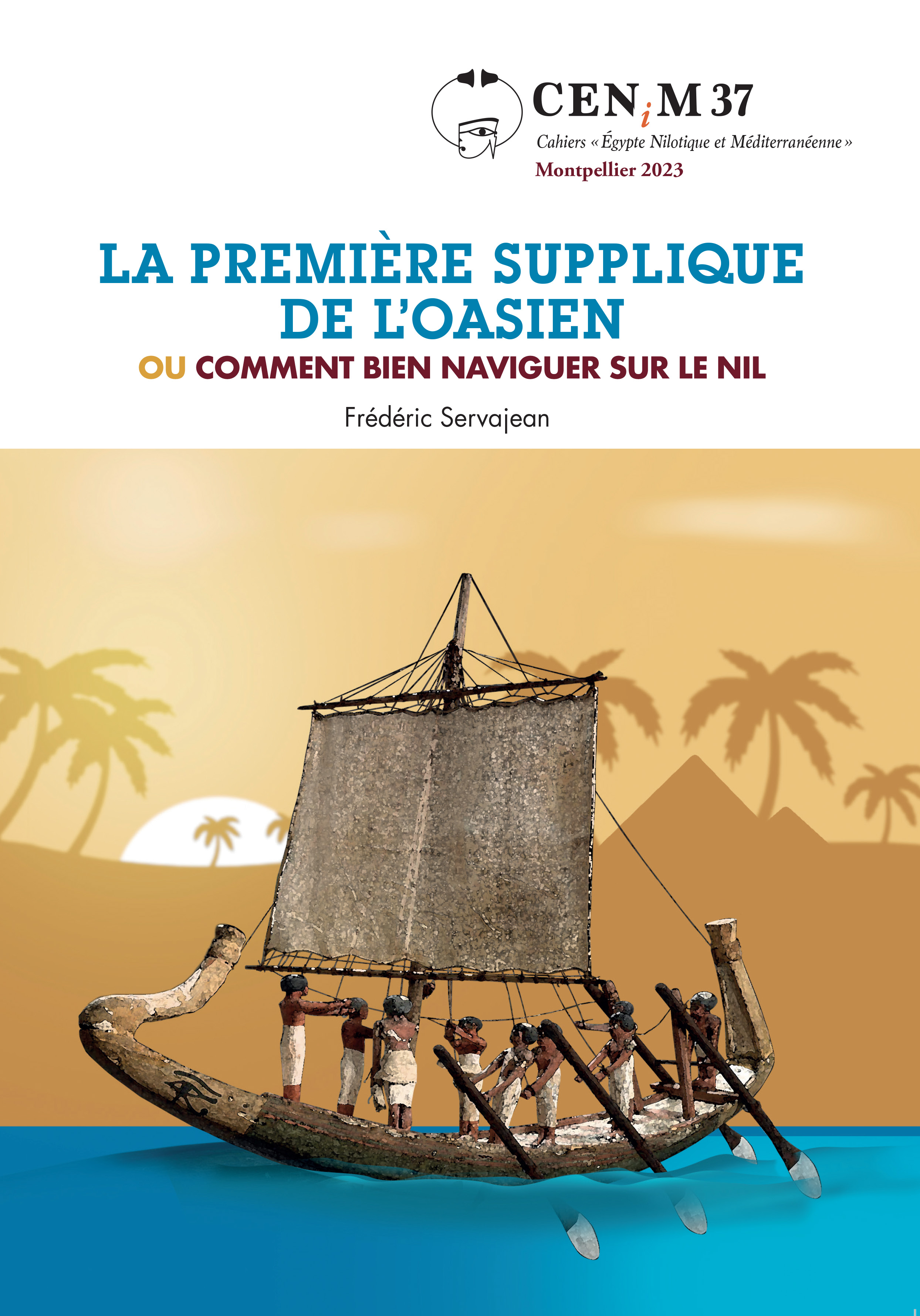
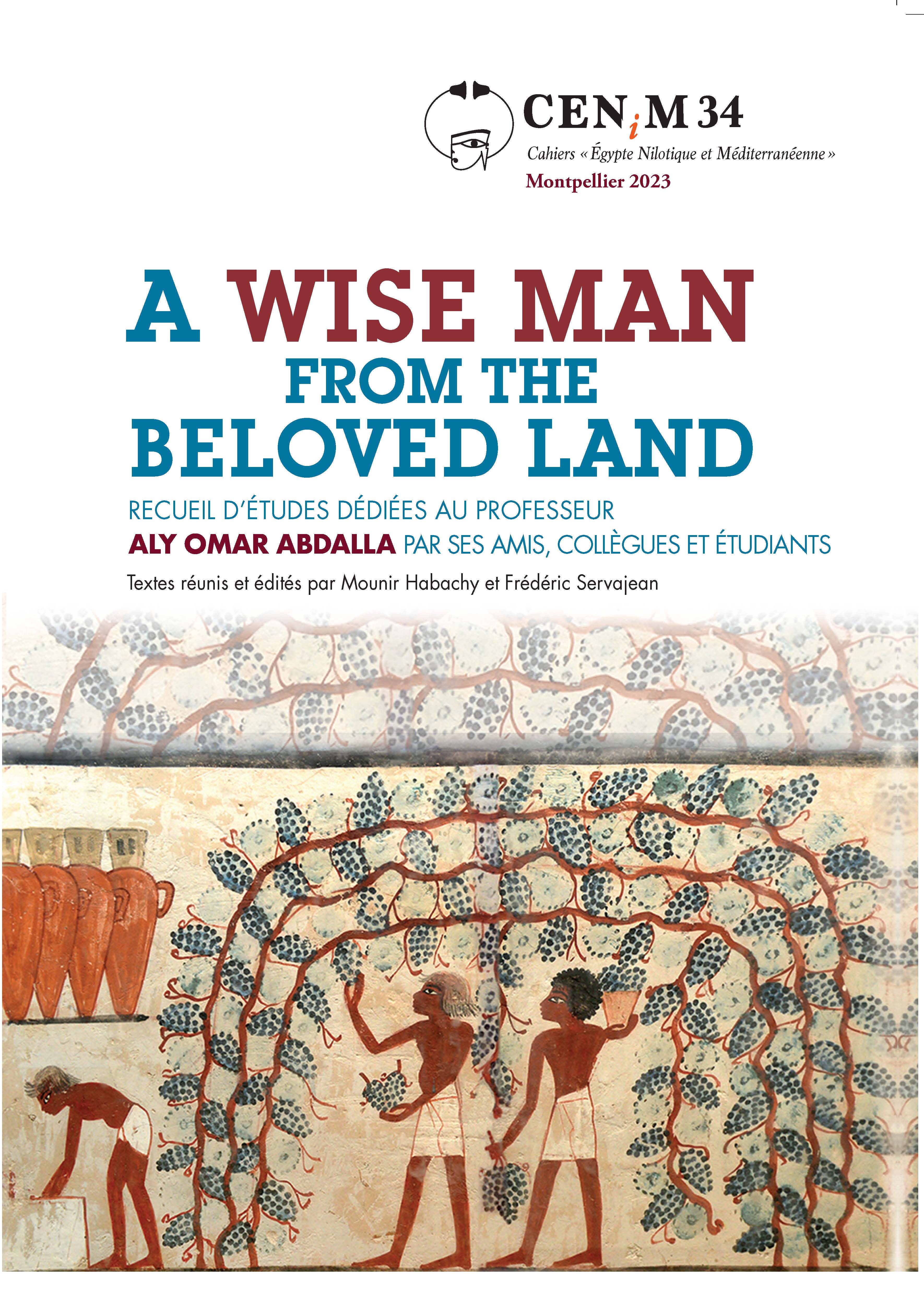
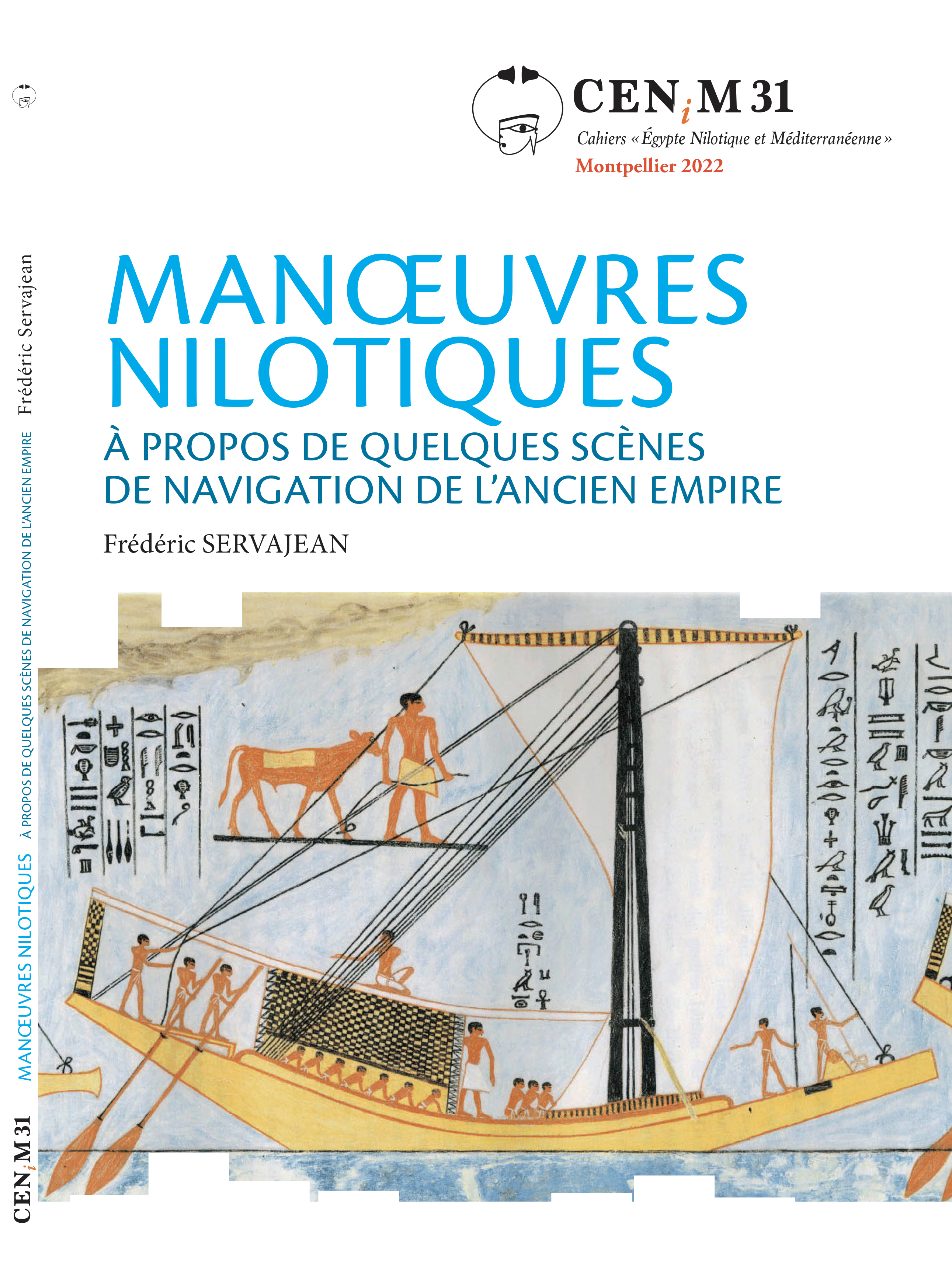
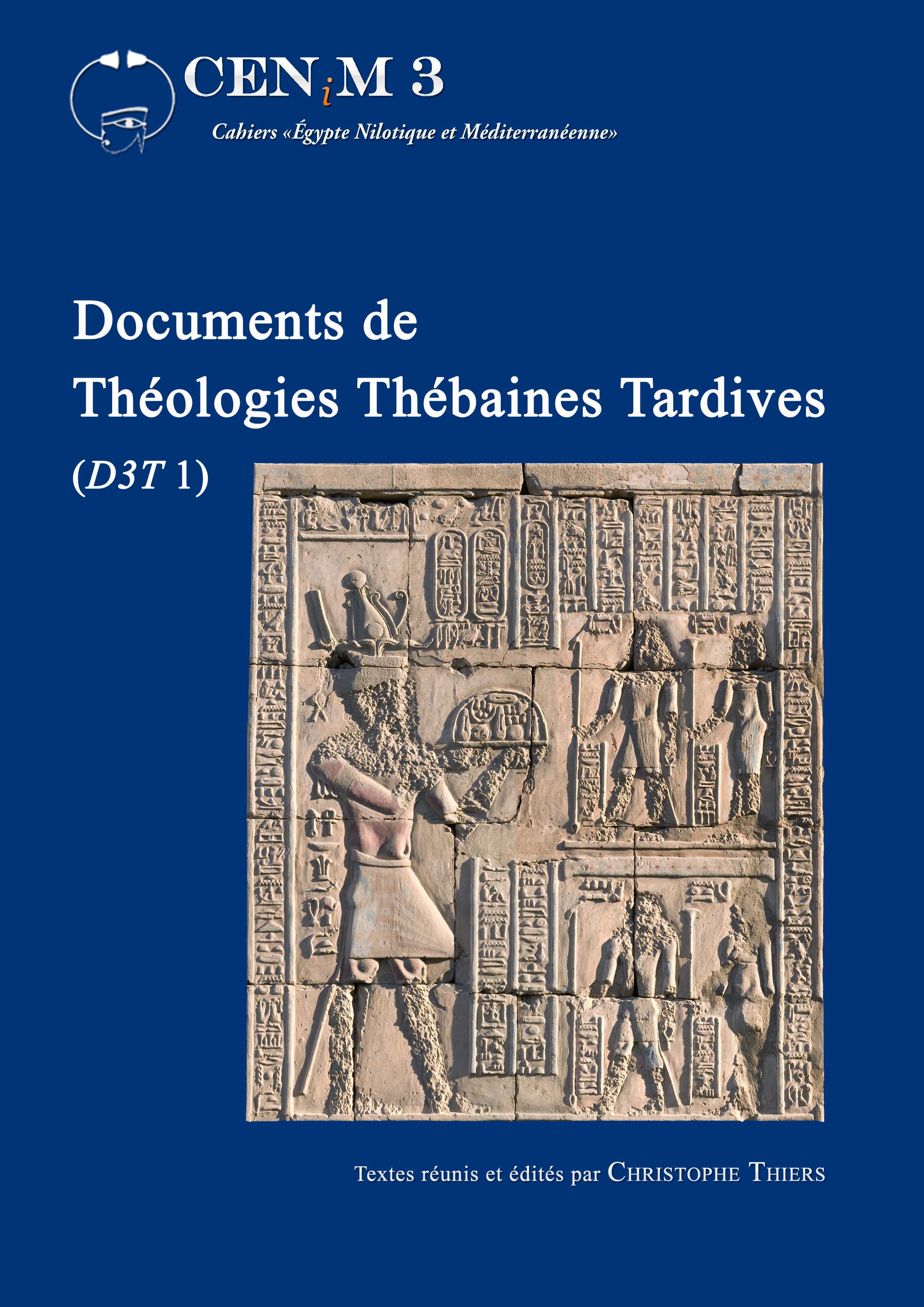
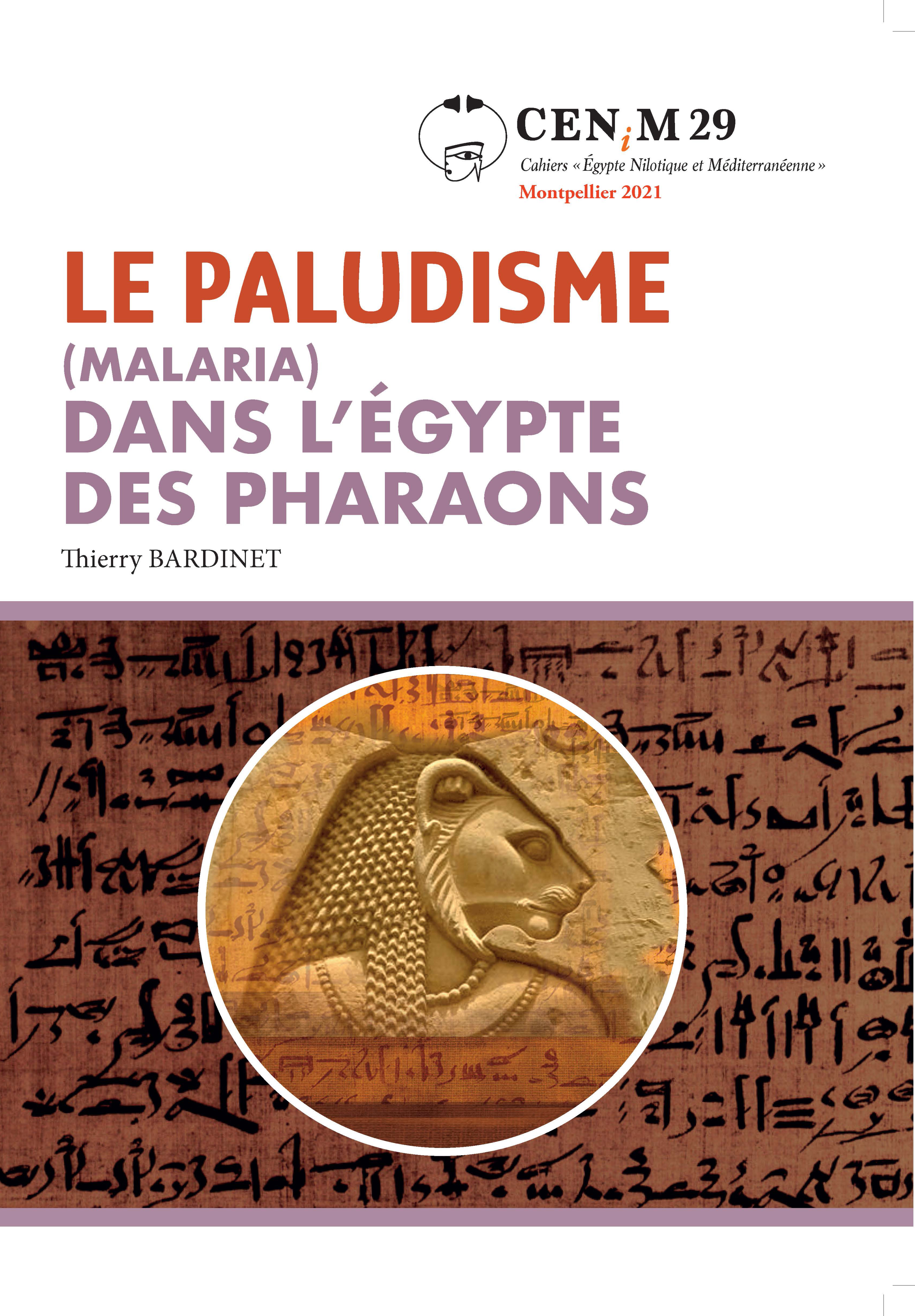
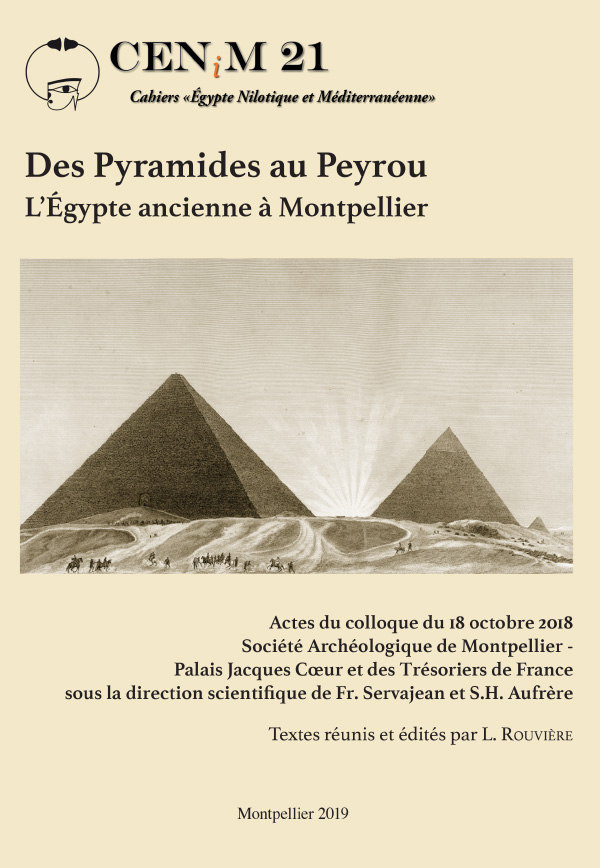
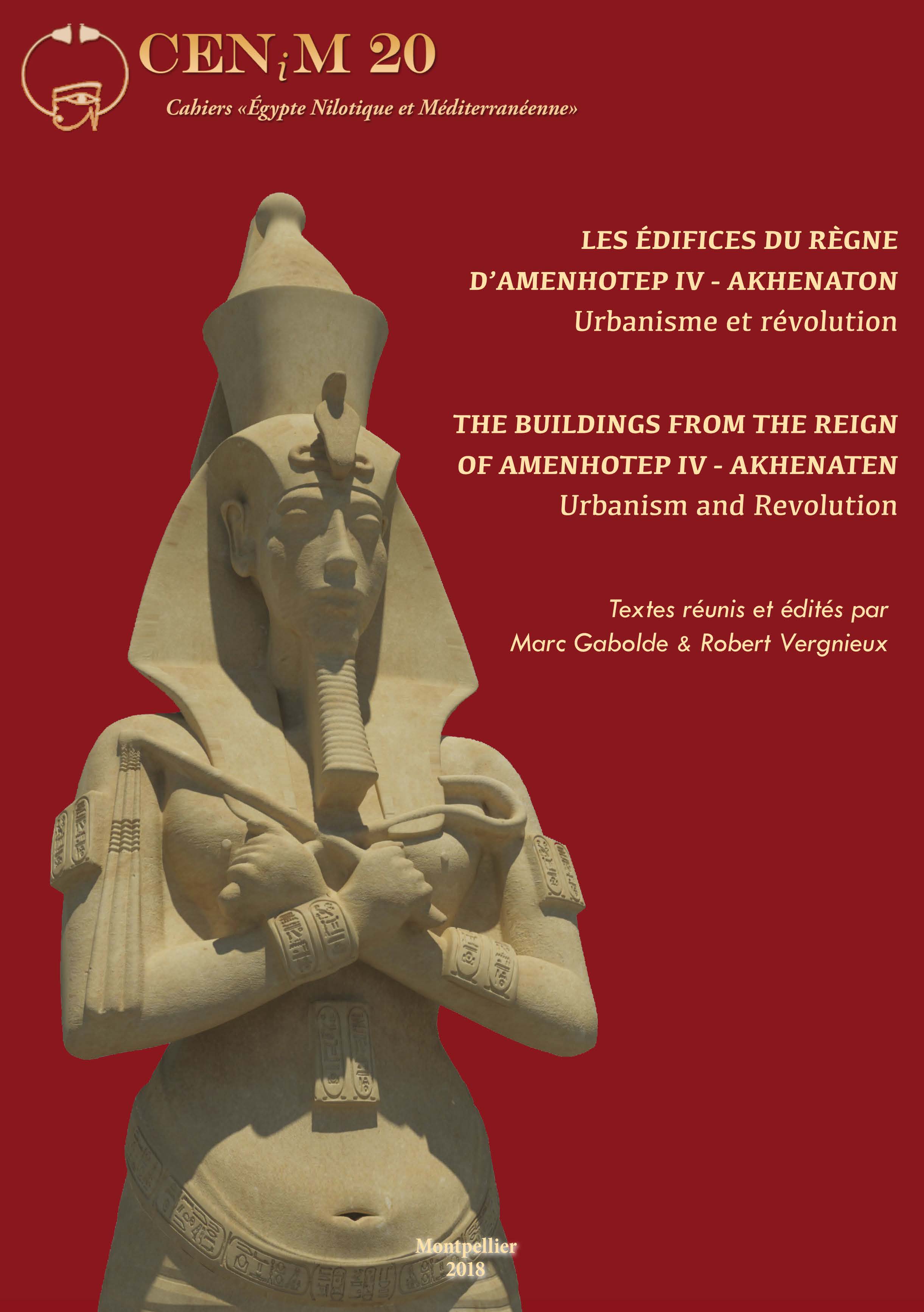
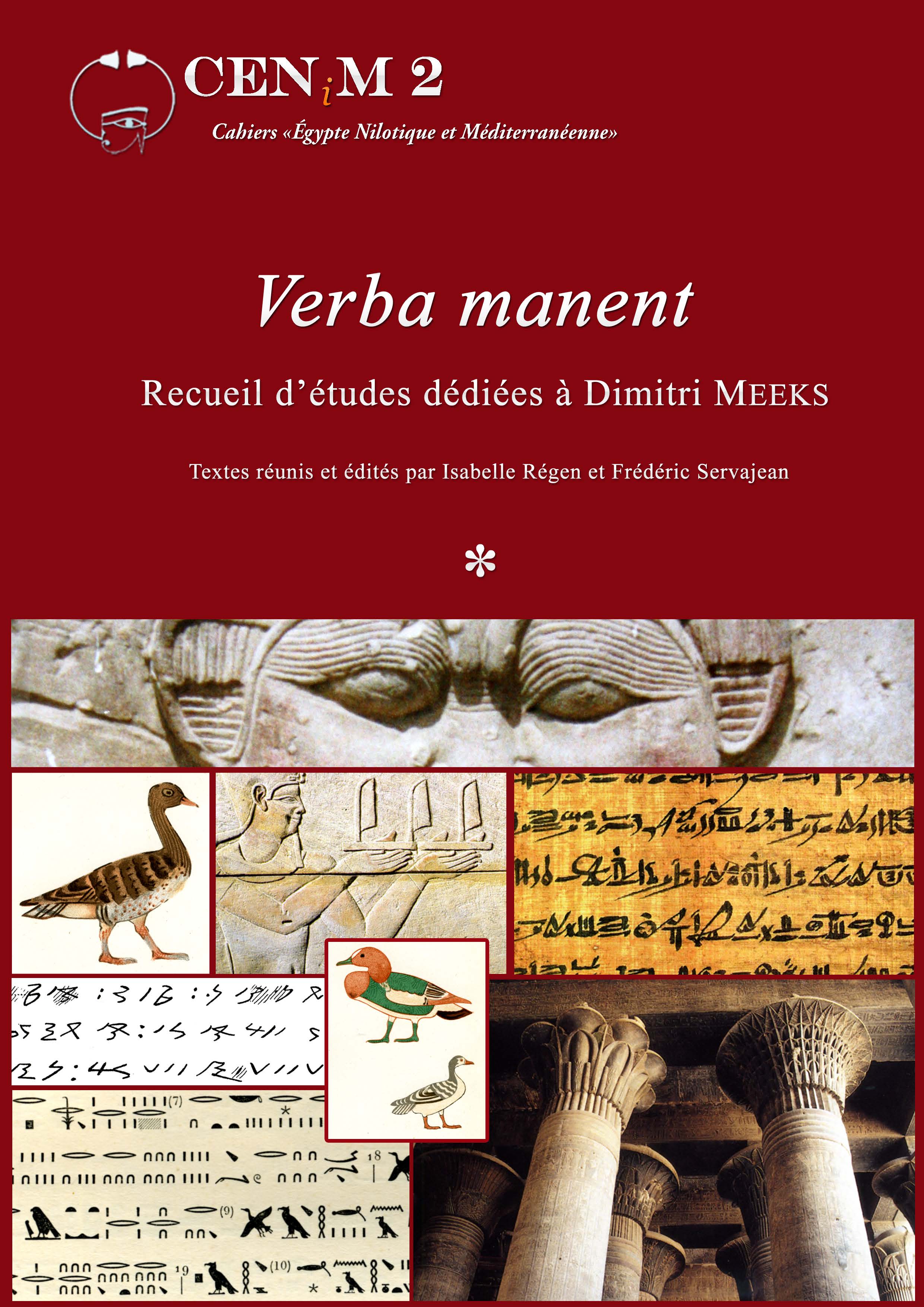
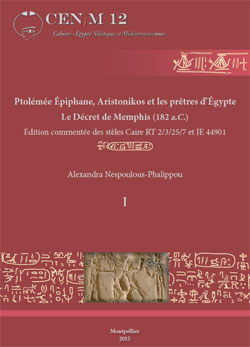
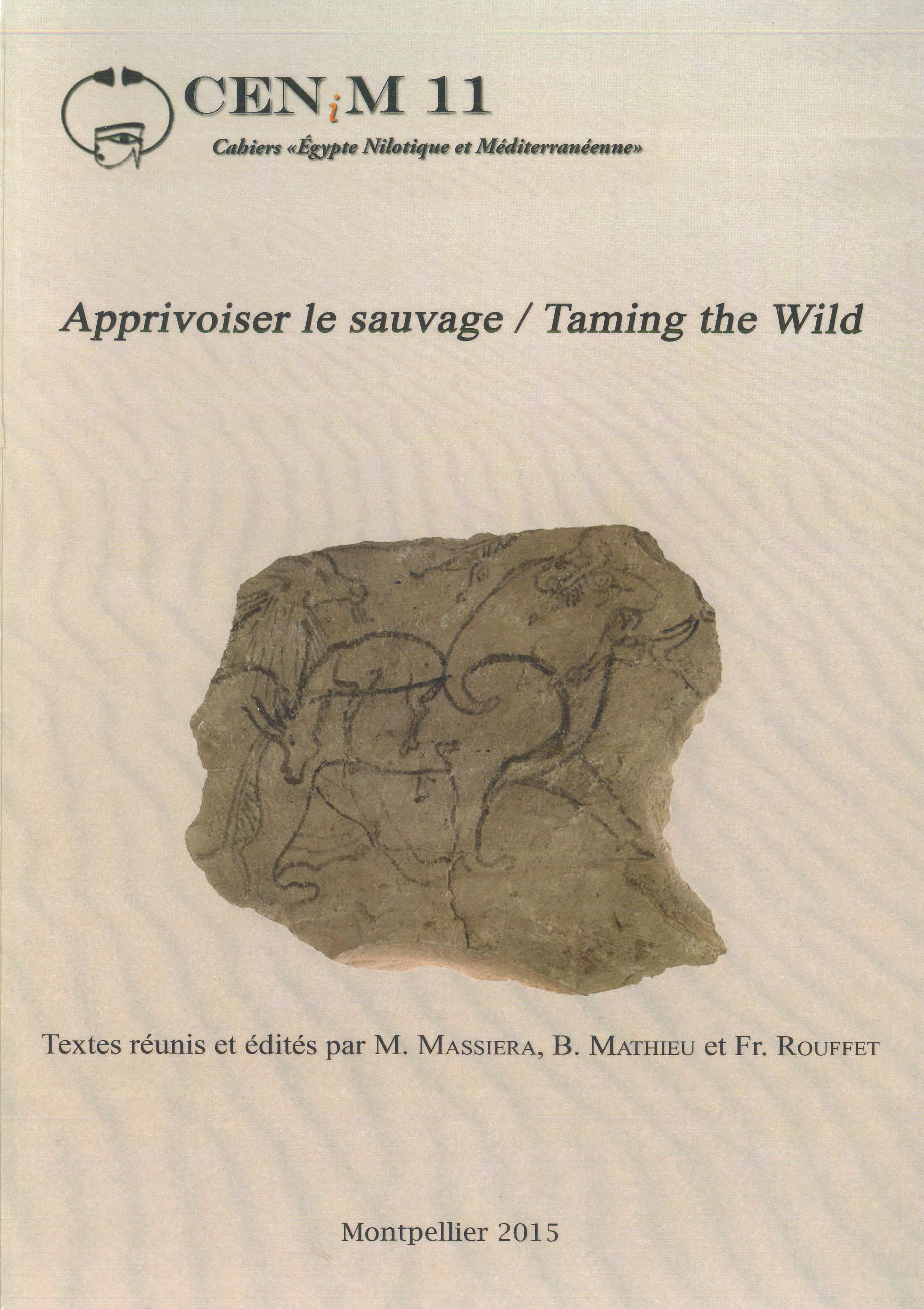
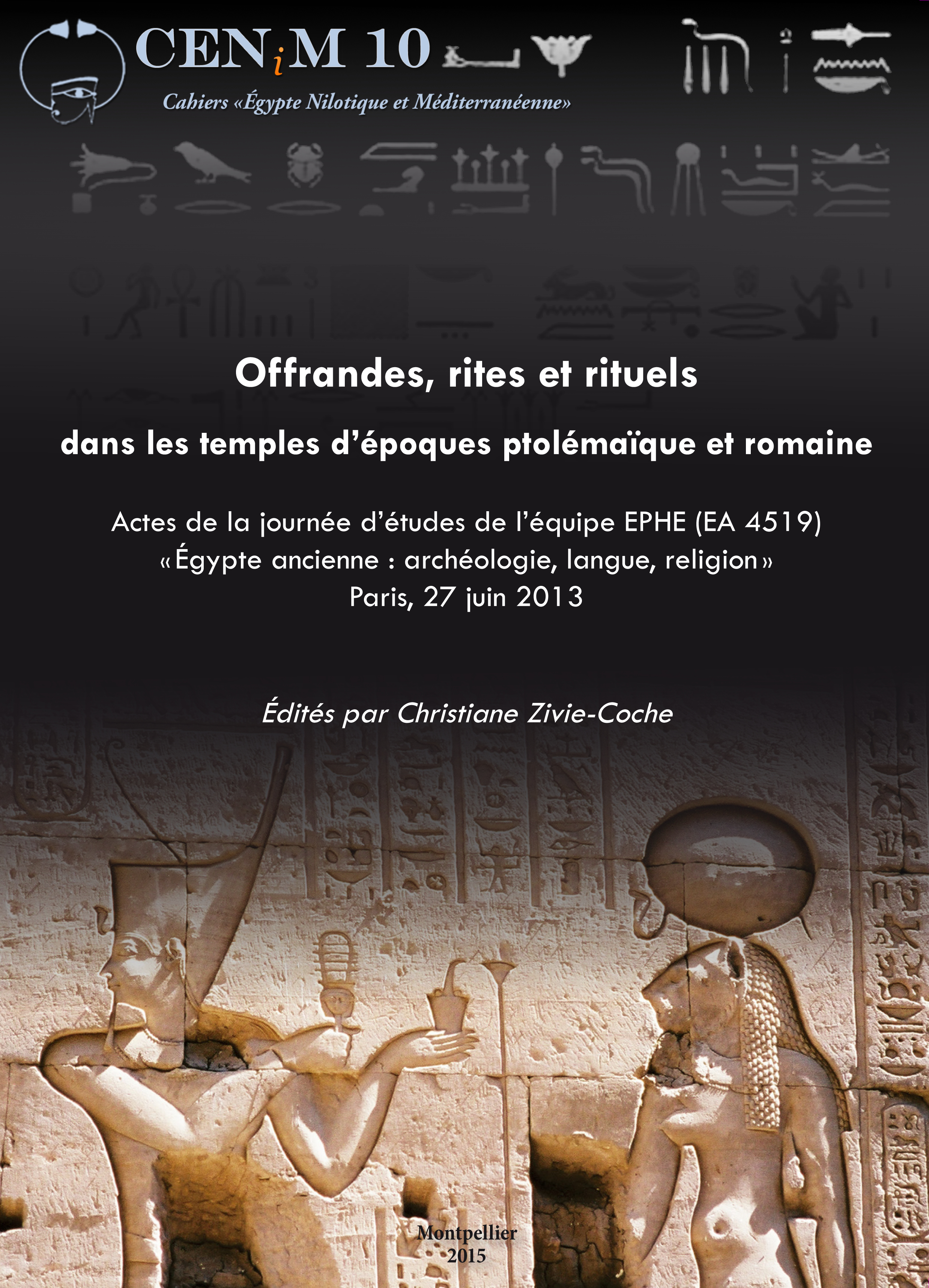
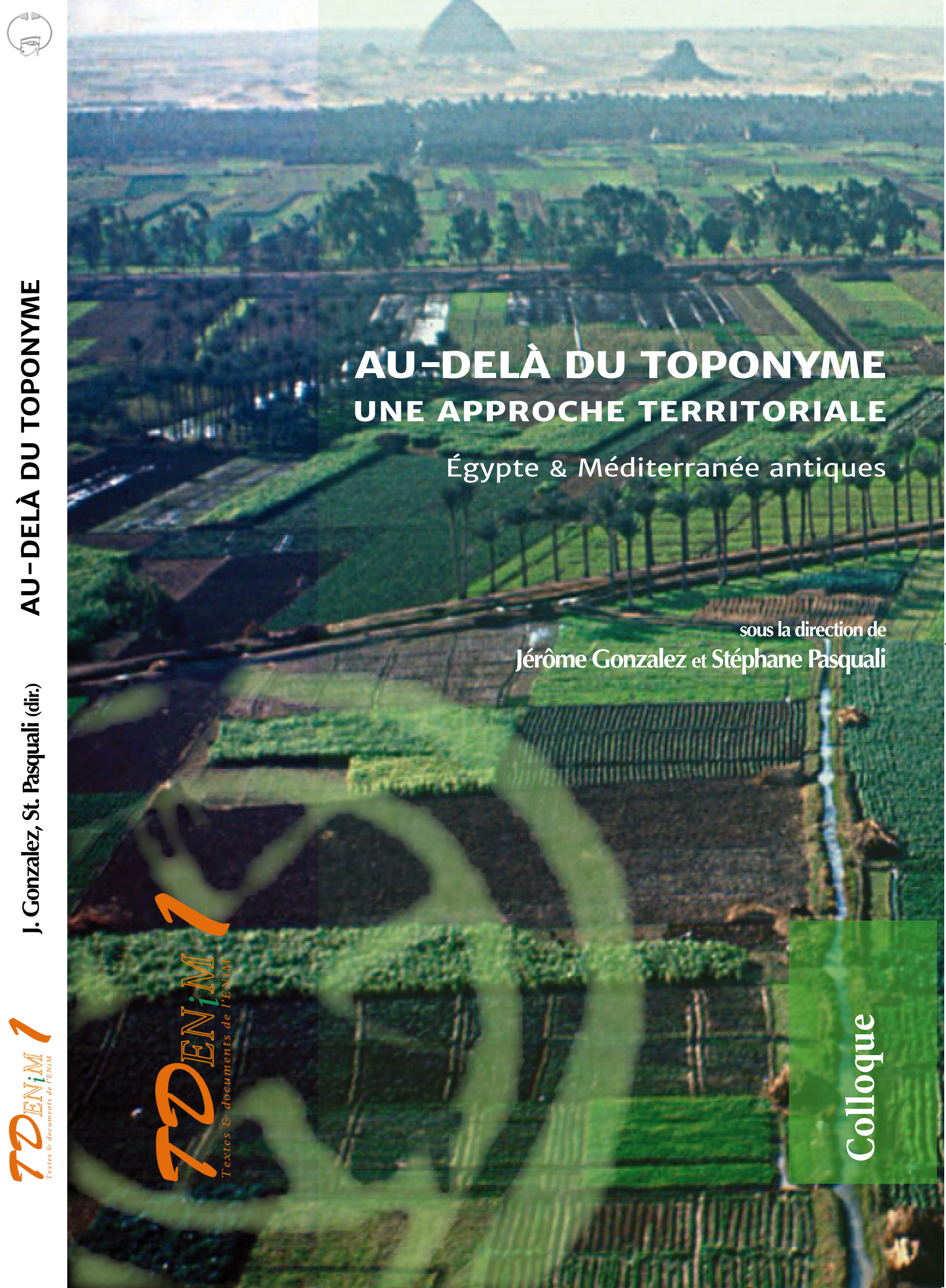
 Contact
Contact
 Abonnez-vous !
Abonnez-vous ! Équipe Égypte Nilotique et Méditerranéenne
Équipe Égypte Nilotique et Méditerranéenne UMR 5140 « Archéologie des Sociétés Méditerranéennes » (Cnrs)
UMR 5140 « Archéologie des Sociétés Méditerranéennes » (Cnrs) Université Paul Valéry - Montpellier III
Université Paul Valéry - Montpellier III